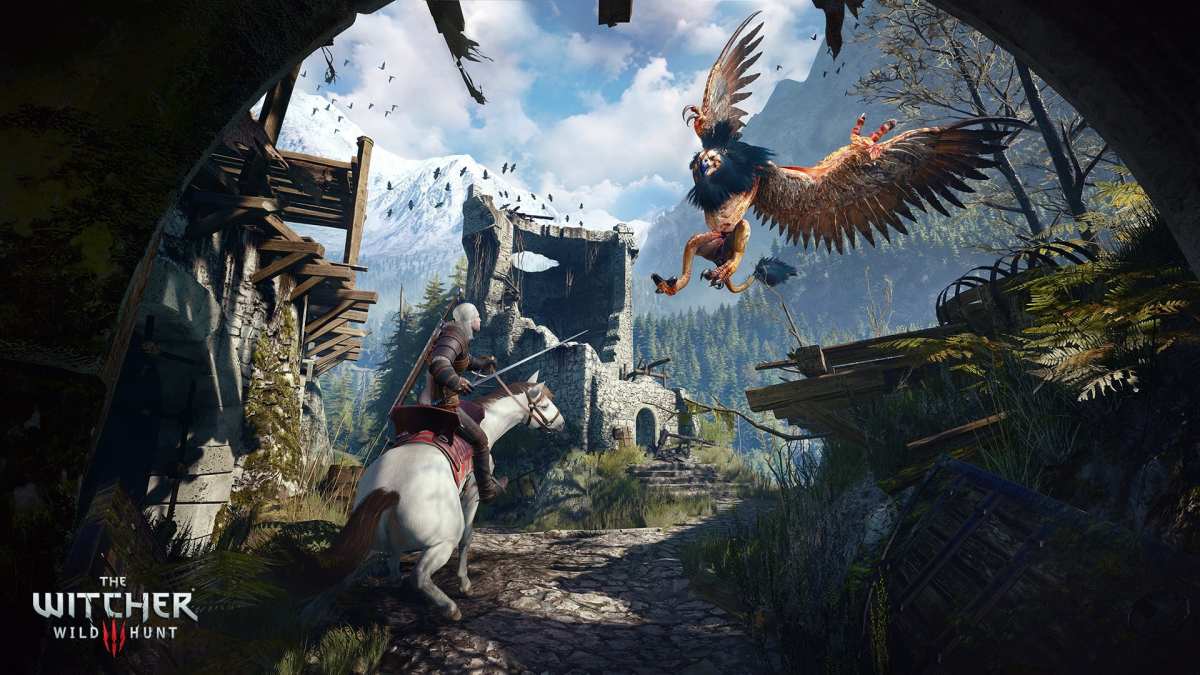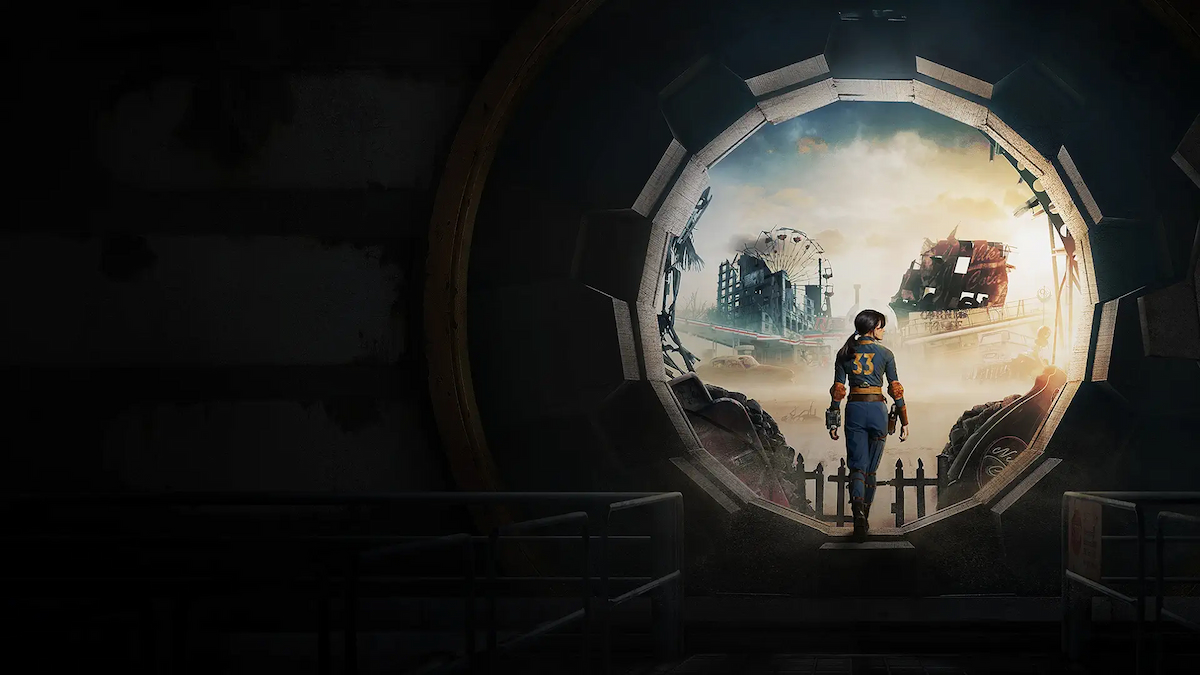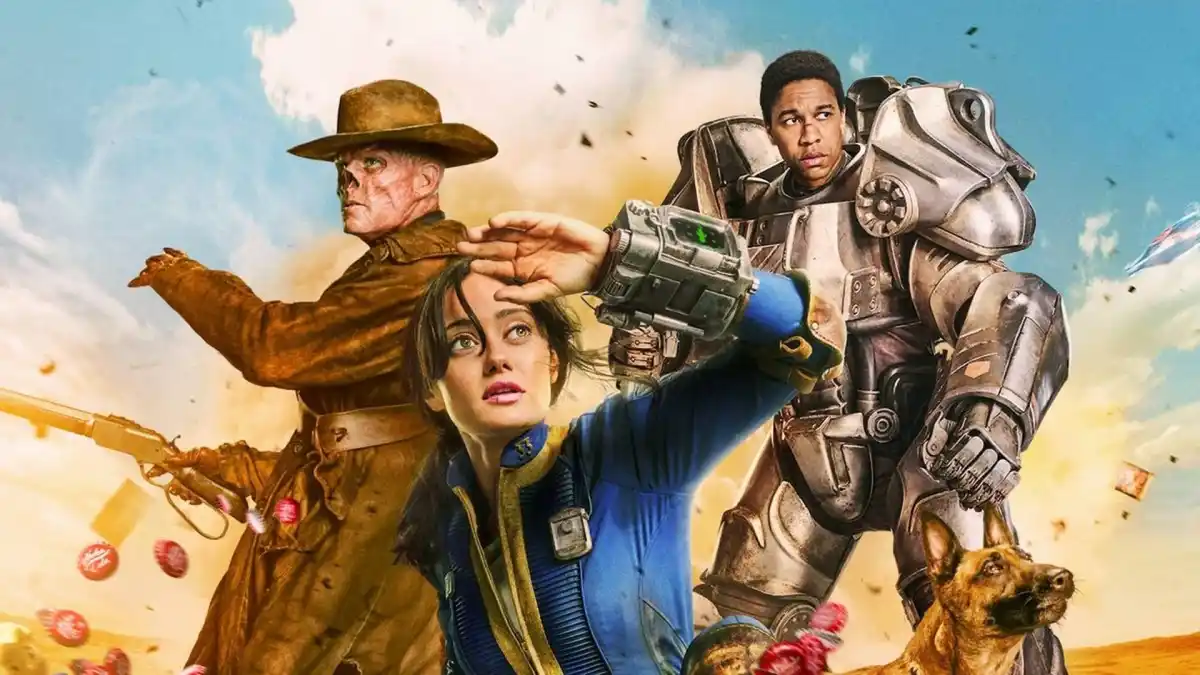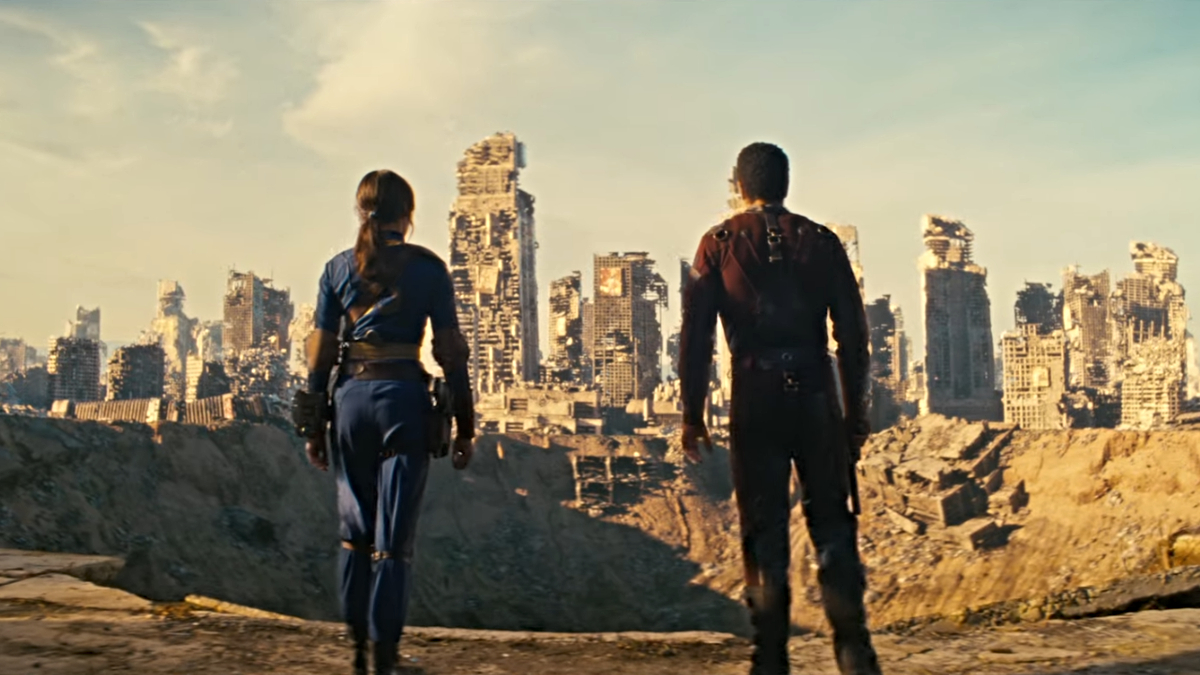There’s something uniquely special about the atmosphere of The Witcher 3: Wild Hunt. It’s the first thing I think of when I recall my fondest memories of the game. That superb music, quality voice acting, and tiny details like the busy chatter of Novigrad’s streets and the lively flute playing outside taverns — it all comes together to bring to life what is in my mind the most authentic sandbox environment ever conceived in video games.
I’ve found myself taking a moment’s pause on the outskirts of Beauclair just to soak in the beauty of Toussaint. Often I’ll do the same traversing Skellige’s highest peaks, just to watch Geralt take in a deep breath or two of frosty air before crunching through the snow and toward my next quest. I’m often miles away when I play The Witcher 3. It really is a transportive sort of video game experience.
Unfortunately, I wasn’t nearly as captivated watching Netflix’s The Witcher adaptation. The show has received a middling critical reception that’s actually at odds with mostly positive user reviews, but as a mega-fan of the franchise myself, the lack of that same ambiance captured in the games is most disappointing.
That isn’t to say I’m not glad for having seen it, though. I’ve watched it through twice now and there’s a lot to be pleased with: the casting choices are mostly excellent, and while it got off to a rocky start, the story came together nicely to tee up season two. But The Continent as it is portrayed in the show is definitely missing an x-factor. It feels a little lifeless and wooden — staged, even.
If you’ve read Andrezj Sapkowski’s The Last Wish on which the show is based, you’ll know the book serves as a tone piece to precede the novel saga. It’s a collection of short stories that follows Geralt’s witcher adventures, introducing the reader to key features of The Continent along the way as he passes through various towns and regions, meeting different characters and creatures.

By nature of its composition as a fairly slow meander across The Continent, you really get a sense of the mood Sapkowski is trying to depict. CD Projekt’s video game adaptations do a great job of mimicking this — the first two games are localized affairs that give you time to absorb what’s going on around you, while The Witcher 3, as I’ve gushed about already, has this richly atmospheric sandbox to explore with vastly different aesthetics to each of its regions.
Netflix’s adaptation, though, moves much too quickly to operate with the same level of nuance.
Of course, books, games, and television shows are always going to move at different speeds, but this particular show really does move at breakneck pace. As a result, there’s precious little attention given to portraying The Continent as anything other than a stage for its main characters to play out their lines and move things along.
It certainly doesn’t feel like an authentic fantasy world in the same vein as Game of Thrones’ Westeros. Yes, the two have already been compared ad nauseam –I know we’re all tired of it– but I think it’s pertinent to remind ourselves that HBO’s show was so beloved because its world was so incredibly believable.
By the end of Game of Thrones’ season one you know the north, the south, the land’s across the Narrow Sea and all of the show’s major players like the back of your hand. Further still, you know the culture of its different peoples, and word on the street in each of its important locations. Westeros lives and breathes, regardless of what you think about how Game of Thrones ended.
Certainly, jumping around timelines and locations so frequently works against The Witcher’s ability to present this same believability and intrigue. The issue is further exasperated by so many scenes being shot with this oddly zoomed-in and narrow focus, which denies the viewer much opportunity to observe The Continent in action.
At its worst, it’s like watching scenes through a telescope. The Blaviken fight, for example, takes place in a tiny alleyway with the camera either right up in Cavill’s face or behind his shoulder. The Brokilon Forest, meanwhile, looks less like an expanse of wilderness and more comparable to a cluster of shrubbery you’d find at your local park.

Scenes that do offer long background shots are too heavy on CGI for my tastes, too, as is post-production filter and that strange blurring/fish-eye effect that inconsistently distorts background scenery. It makes for environments that appear as television sets, rather than regions within a fantasy world.
I couldn’t tell you whether all of these niggles are as a result of budget constraints or just poor direction, but I do know that other Netflix shows like The Last Kingdom present much livelier and authentic environments.
The Last Kingdom, incidentally, actually shares similarities to The Witcher in that it also speeds through the source material it’s based on, and is filmed in the same Hungarian location. And yet, there’s a vast gulf in quality between the two in terms of how they present their respective worlds.
Not all The Witcher’s lacking ambiance centers around cinematography. Too many of the supporting cast throughout the episodes come off as very one-note. They’re always trying to portray something very specific to that particular scene, rather than just existing as a believable character within a believable world. Again, I think it all comes back to pacing and how quickly everything is moving.

My hope is that season two slows the hell down and settles on a handful of locations rather than fizzing across dozens. If we’re going to Kaer Morhen, don’t limit it to, say, one CGI of the exterior, a single courtyard set, and then another interior one.
I’d like more sweeping shots of the topography in general and a greater sense of scale without so much post-production enhancement. Let’s hear about the highs and lows of daily life in The Continent from the people that live there, too, not just the main characters stomping around performing their heroics.
Sapkowski’s books are well-known for being almost overly descriptive and he has a tendency to let his characters take a back seat to the world around them do the talking. CD Projekt Red’s games are beloved for offering players the opportunity to take in the ambiance one story-heavy quest at a time.
Moving forward, I’m hoping Netflix spends more time building a palpable atmosphere for audiences to savor and get invested in, rather than trying too hard to weave together disparate storylines for impact.




